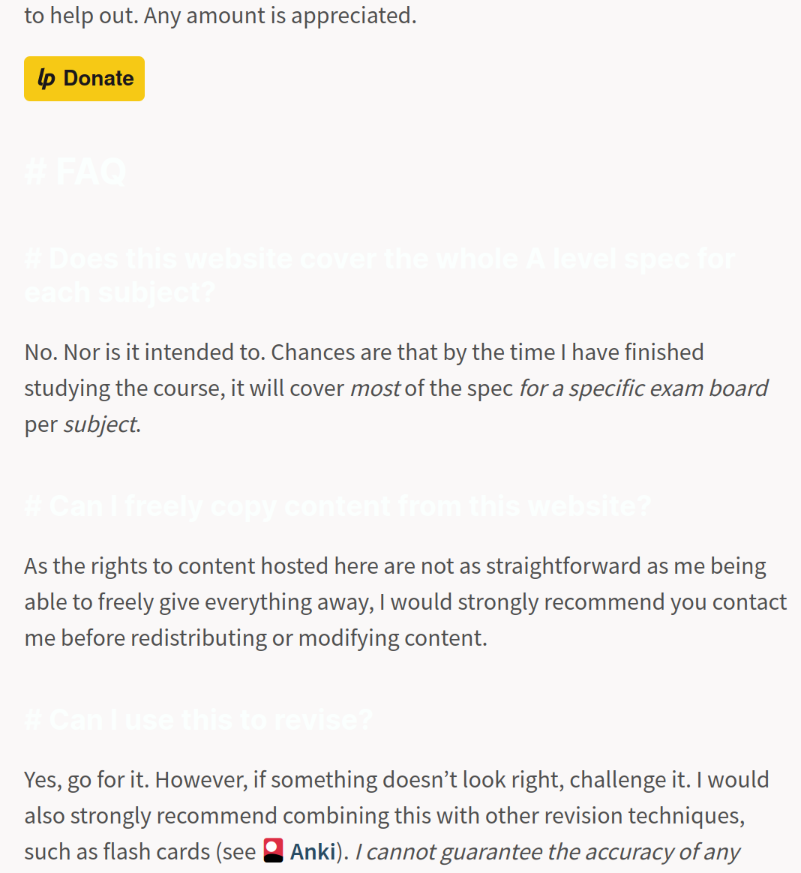- 0 Posts
- 9 Comments

 11·7 months ago
11·7 months agoK-9 mail… isn’t supported or being developed any more.
That’s not true. They make frequent-enough releases, they post monthly progress reports, and they are actually going to become Thunderbird’s Android version.
Having said that, I almost switched to FairEmail because K-9 lacked support for some sort of authentication measure (which I no longer need), but that wasn’t because K-9 stopped development.
Forcing people to give up their language and culture can be considered cultural genocide. Cultural genocide is not included in the UN Genocide Convention, so the definition of cultural genocide is not universally agreed upon. But the UN Genocide Convention does include “Forcibly transferring children of the group to another group” in its definition of genocide, and Russia is not shy about their relocation and adoption programs, so we can pretty definitively say that Russia is committing genocide in Ukraine.

 11·11 months ago
11·11 months agoAt a glance, it looks like Aegis generates standard TOTP tokens, which means there’s a lot of software that can do the same thing, so you don’t need to emulate Aegis. I use pass-otp (an extension to pass), but that’s command-line-only, and a lot to deal with if you’re not already using pass. From a quick search, it looks like Keysmith and OTPClient are decent graphical alternatives. From another quick search, OTPClient is available in Ubuntu 23.10.
Edit: Re-reading your post, your issue is that you don’t like logging in on your phone, right? But Aegis just provides the code, you should be able to use the code from your phone to log in on your computer. TOTP codes are only affected by the secret values and the current time, so the code generated on your phone can be used on any device.
Cunningham’s law. And just to buck the trend, you didn’t have to get it wrong to get the right answer ;).
Tell us more about what you’re thinking of building/drawing. I like FreeCAD, but it’s also quite complicated, depending on what your goals are.
FYI, the text colours are a bit messed up for me. Headings are all white on a very light background, to the point where I almost didn’t see them. Perhaps it’s my fault for being a horrible light-mode user?

In your situation, I would say to stick with X11. I’m still using X11 for gaming, but Wayland for most other things. Maybe try Wayland again in a few years. And when it’s time to buy new hardware, maybe avoid Nvidia.
If you want to have another go at getting it working, check out what the Arch wiki says for KDE:
If you are an NVIDIA user with the proprietary nvidia driver, also enable the DRM kernel mode setting. If that does not work, too, check the instructions on the KDE wiki.
As for the question of security, I want to emphasize that X11 is not increasing your risk of getting hacked. If one of your applications is compromised, then X11 acts as one method by which an attacker could further their attack or extract information, but other methods would usually be easier for an attacker. You could use flatpaks or firejail to mitigate those other methods, but only after you’ve done that would Wayland provide a meaningful security benefit.



https://en.wikipedia.org/wiki/List_of_United_States_presidential_assassination_attempts_and_plots#Assassination_attempts_and_plots
You’re correct. You’ll notice every president in recent history has multiple assassination attempts listed. The bulk of them don’t go very far.